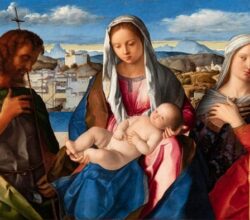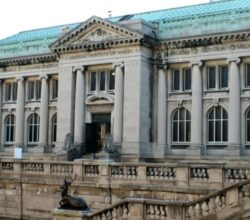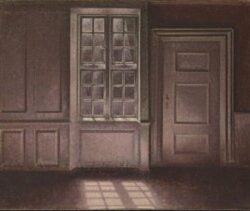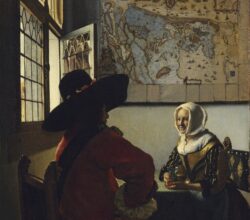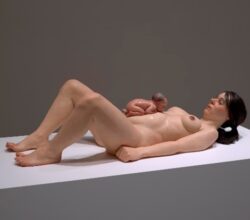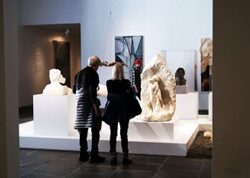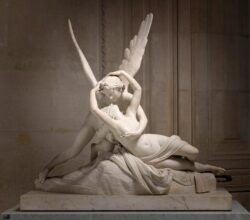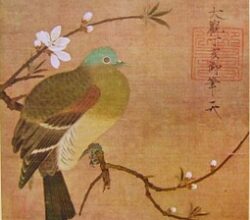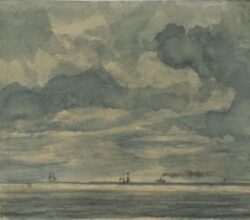
The grand gestures of Gary Simmons
Travis Diehl | Frieze | 7th June 2023
Simmons’ comment that “no memory is a true memory” is an apt introduction to his art. He is best known for chalk drawings that he smears, creating blurry but identifiable images. Using cartoon characters or motifs drawn from popular culture, he exposes how race and class pervade America’s visual culture. More conceptual pieces likewise target America’s cultural demons. Says a curator, “how is our shared past remembered? Which histories have we been taught to forget and why?”

